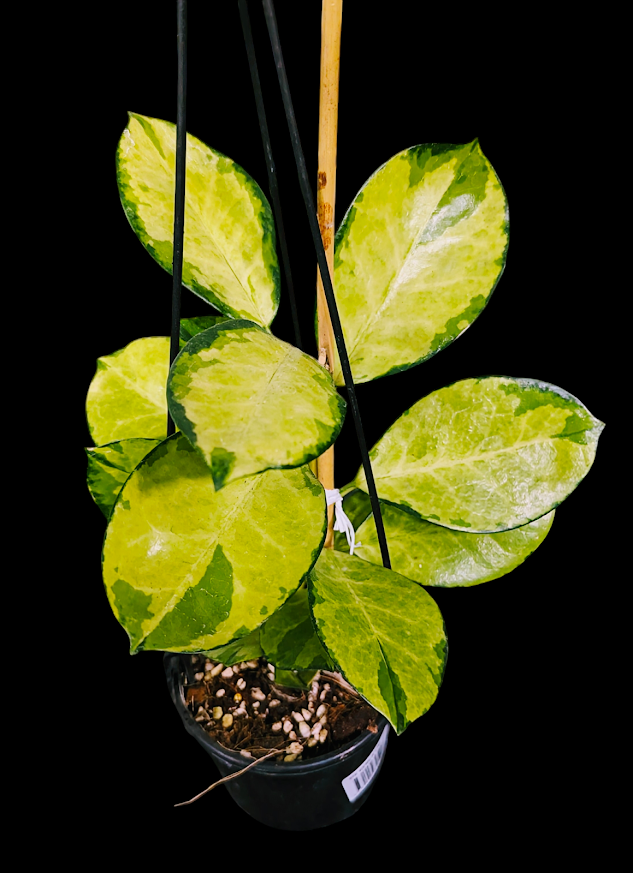Aglaonema Red Magesty $18
140 mm pot.
Red Aglaonema is one of the best houseplants you can grow indoors.
140 mm pot.
Red Aglaonema is one of the best houseplants you can grow indoors.
140 mm pot.
Red Aglaonema is one of the best houseplants you can grow indoors.
Here’s a thing with aglaonemas: too much direct sunlight–colors will fade, too little–colors will fade. Aglaonemas don’t like direct sun exposure, so avoid that. Commercial growers maintain 75 to 90 percent shade or 1250 to 3000-foot candles of light. However, this low light houseplant can tolerate a light level as minimum as 25-foot candles.
To maintain the deep red hue of the leaves, select a spot that receives bright indirect daylight. If growing outdoors, select a shady place in your garden.
The best way to ensure the glossy red foliage looks stunning all the time is to wipe it clean with a moist, soft cloth once in 5-7 days. This will keep the dust off the leaves, making the plant look eye-catching, always with deep hues! Not just that, doing this will also improve the plant’s ability to photosynthesize.
I use Full Spectrum Grow Lights and this brings out the beautiful Red in them
3. Copper Deficiency
Aglaonemas are prone to copper deficiency, and if you notice distorted and dwarfed leaves with discoloration, it may be the symptom of copper deficiency. To prevent this, you can use a fertilizer that contains micronutrients like copper.
4. Water Carefully
If your aglaonema leaves are fading and turning yellow, it may be due to improper watering. Most commonly, the case of overwatering. This plant prefers slightly moist soil, but it should never be overly wet for a long time. Watering the plant too frequently will make it lose the sheen and color of the leaves. Let the topsoil dry out a bit before the next watering but never let the plant dry out completely.
I use Full Spectrum Grow Lights and this brings out the beautiful Red in them











